IKKO ITX05 Docking Station – Super Visuals, Better Sound
IKKO ITX05 is a $349 USD docking station, with a 4.4mm balanced headphone output, USB DAC functions, and a few other interesting features under the hood. Today we will focus on reviewing it, and comparing it to other high-quality USB DAC/AMPs including Aune X1s GT (349 USD), ifi xDSD (400 USD), and Palab M1 Mini (500 USD).
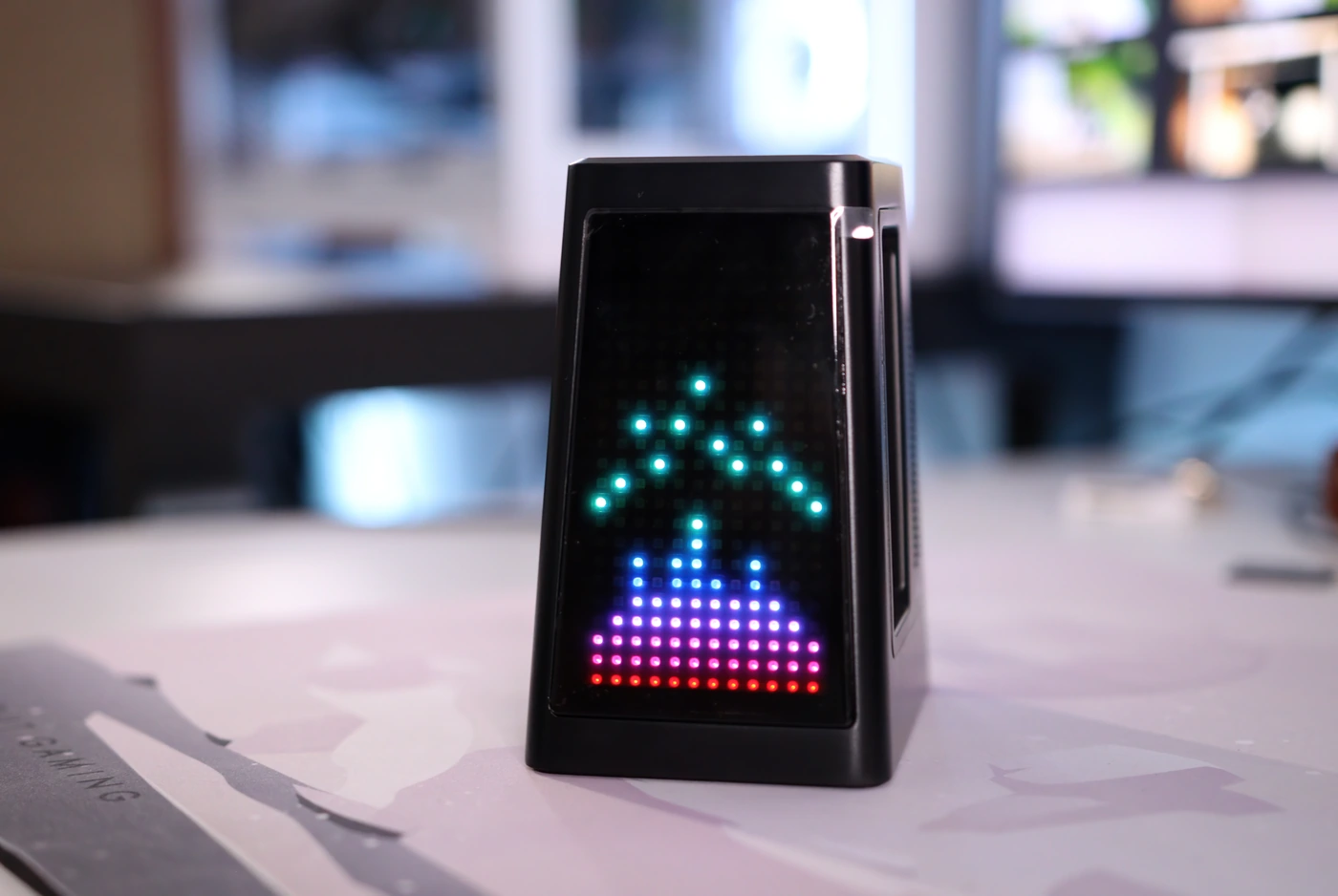
Introduction
IKKO always creates interesting products for the prices, but the one we’re reviewing today is something quite unusual, and something that could come in handy to many music lovers. ITX05 is a USB Docking Station, which allows you to connect multiple devices, including 8K Displays, and also has a headphone output, even with a balanced output. As an Amazon Influencer, I earn from qualifying purchases, and using the purchase links in my reviews helps me maintain this website and youtube channel. I’d like to thank IKKO Audio for providing the sample for this review, in exchange for my honest opinion.
PROs – Bright, Open sound, Good Detail and Resolution, 4 USB Ports which work well and at full speed at all times, Optical Sound Output, Bright display, which can be turned off, no USB DAC Delay, No hissing and no background noise for the 3.5mm single ended output, minimal hissing for the 4.4mm balanced output, enough driving power for most headphones that you’d likely pair with it.
Cons – Type-C port at the top only useful if you’re purchasing the the other accessories too, Unstable when plugging in and out certain devices and requires a restart, Niche design, top 15% of the display is not programmed to light up although it responds to touch inputs.
Product Link
You can grab one from www.amazon.com here – https://amzn.to/3Vr5ZRG
Build Quality/Aesthetics
IKKO ITX05 looks and feels like a mini computer you’d typically have on your desk, and to be honest I have never seen a product quite like it before. The whole idea is to have a USB hub, with a large bright display that has an Audio Spectrum RGB Visualizer. Beyond the simple, and somewhat childish visual aspect, ITX05 is a powerhouse, having compatibility with Gigabit Ethernet, Optical Audio Output, USB DAC functions, and PD100W Charging for your devices.
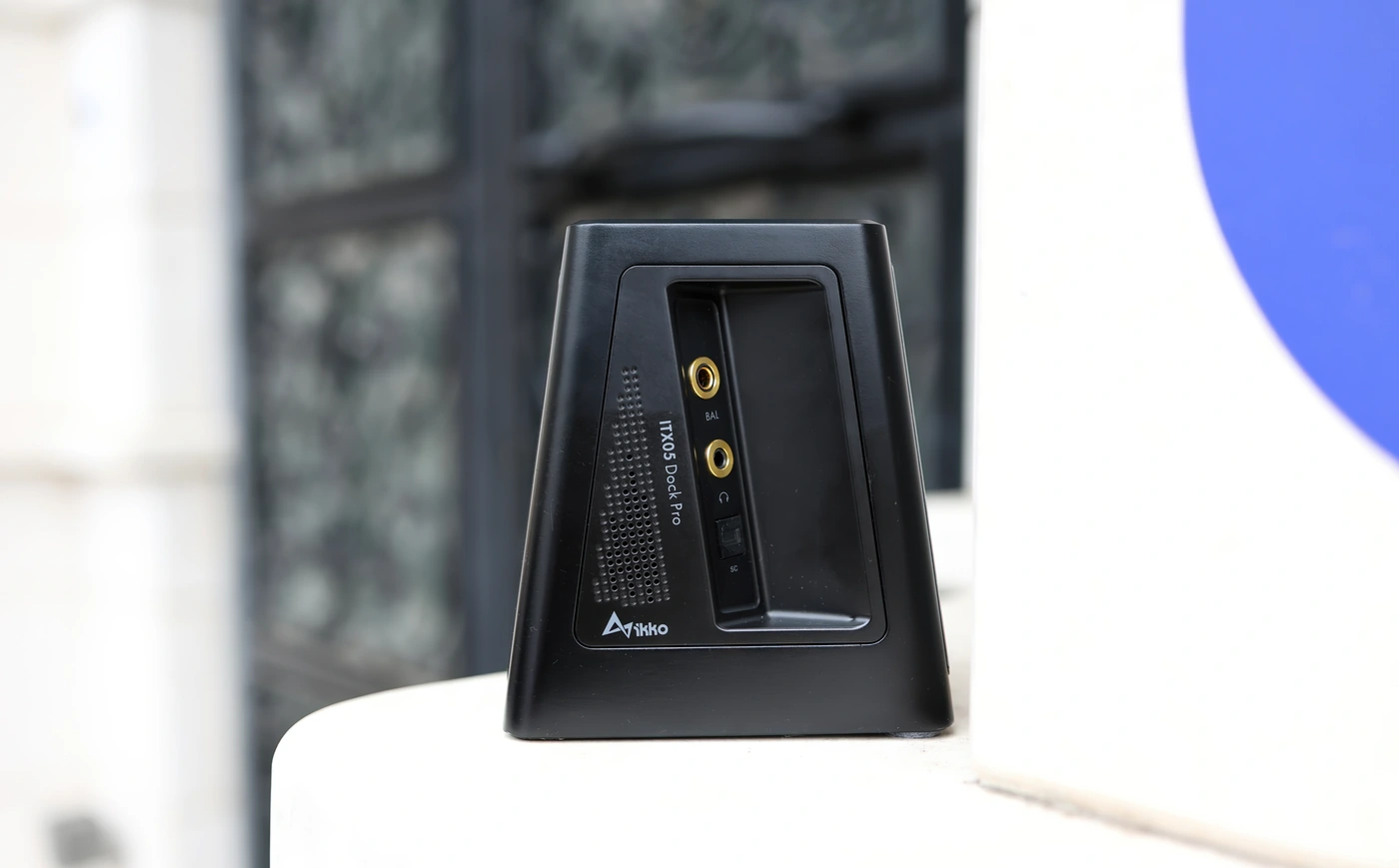
You can select multiple visualizer styles, and it even has a touch screen to control the volume of the sound, and the USB support goes as high as USB 3.2 Gen 2 10 GBPS for data transfers. There is an ESS DAC chip inside, and we have a 3.5mm single ended headphone output, a 4.4mm balanced headphone output, and the big RGB Pixel Volume Bar and visualizer. Every single USB port is USB 3.2 10 GBPS in speed, and you can have a device connected to each without losing speed.
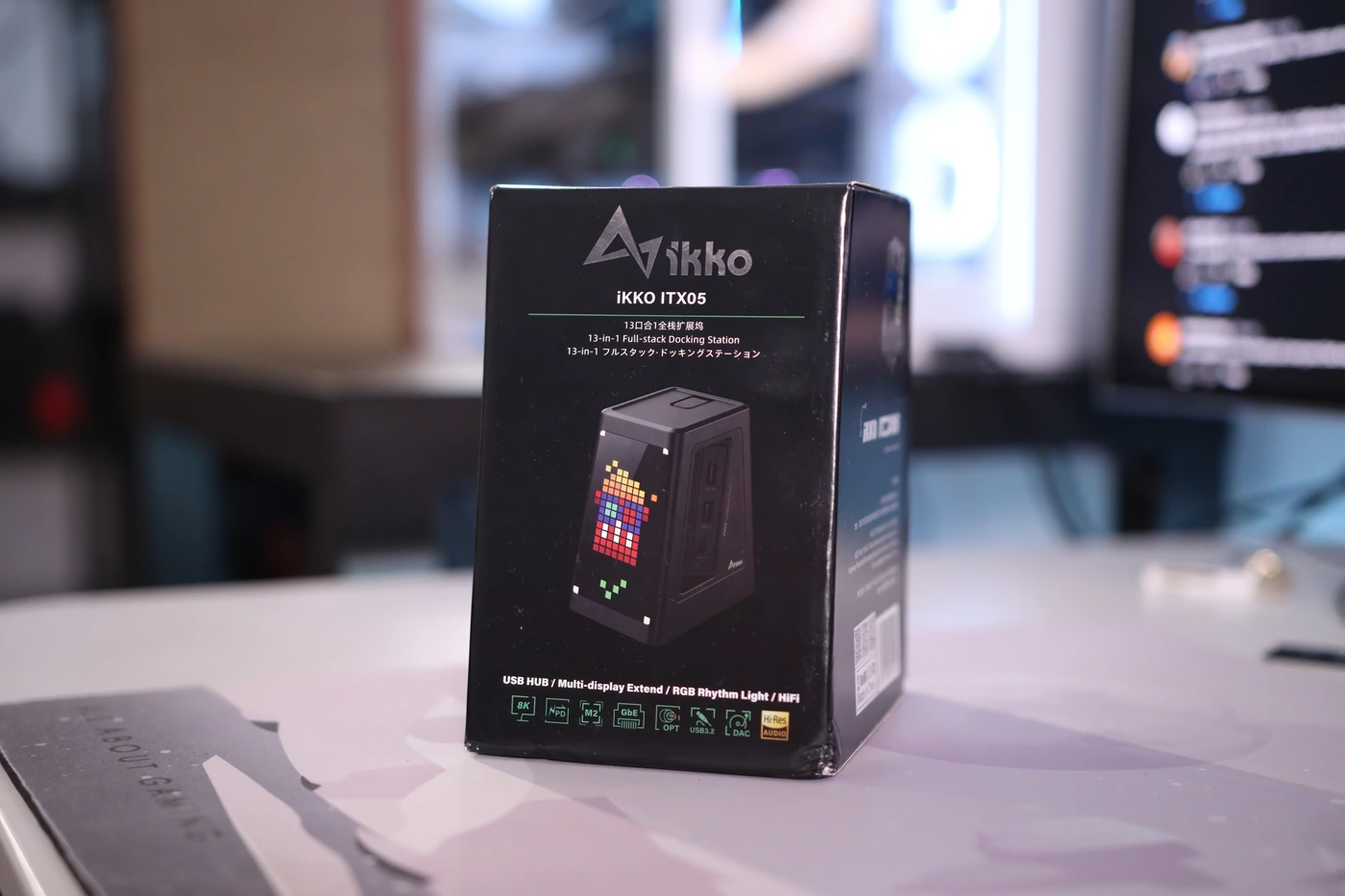
The store page has very little information about what ITX05 is and what it does, but the Kickstarter page has far more information and you can learn more about it there, its story, and what it is supposed to do. The English those pages are written in is not great though, and while I am not necessarily one to speak perfect English, at times I am having a hard time understanding each aspect of the ITX05.
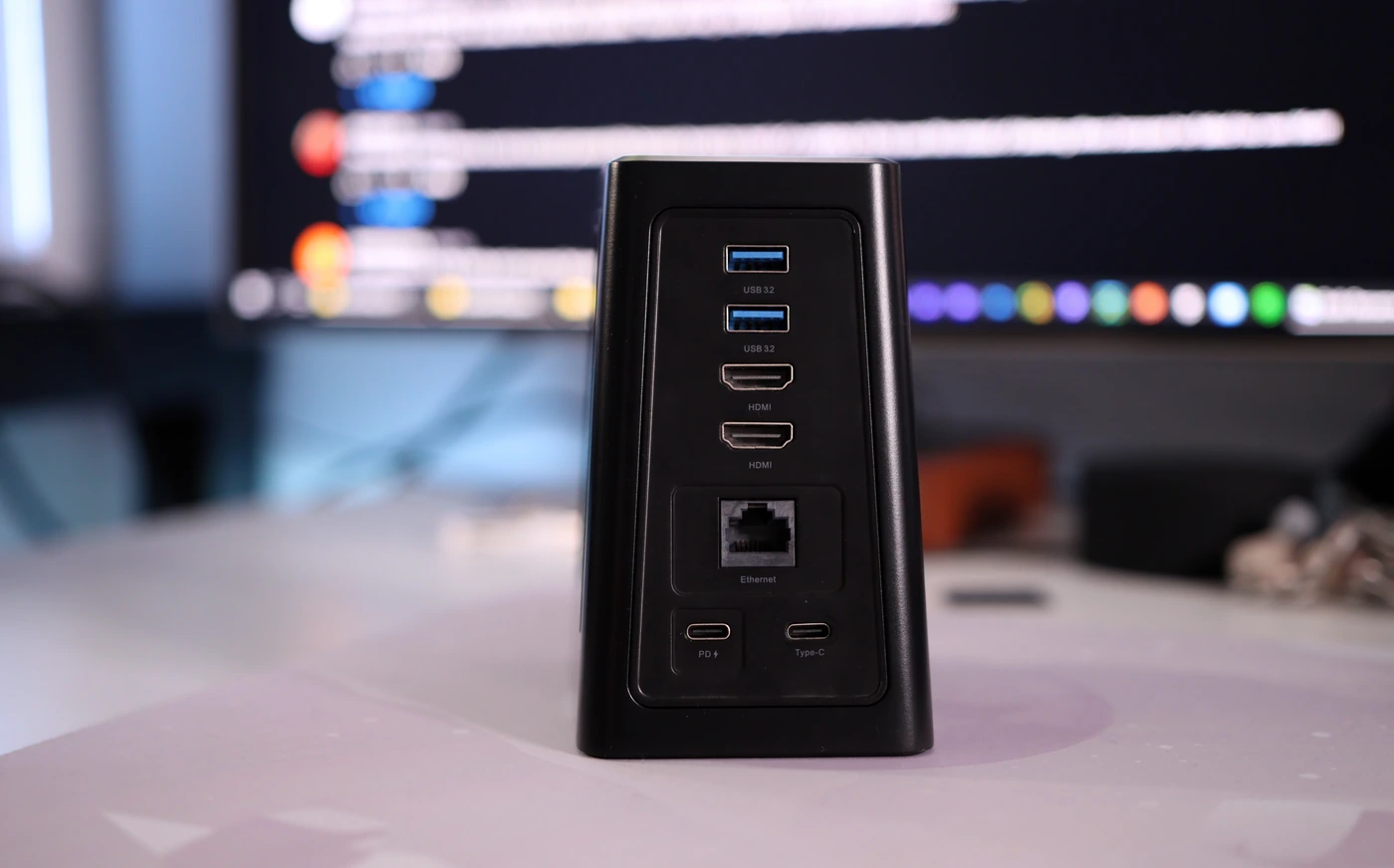
The whole point of ITX05 is to allow laptop users who usually have a limited number of USB ports to improve their experience, and it is a unit compatible with both windows and macOS. There is DSP processing inside, and we will explore in the sound quality part of the review how you can actually use the ITX05 for music. The unit has HDMI outputs, and it even has two HDMI outputs, one which can output data to a single 4K / 60Hz monitor at a time, and another port which can output either 8K / 30Hz, or 4K / 60Hz at a time. If you’re using both of those HDMI ports at the same time, they support 4K / 30 Hz at the same time. The DAC at the heart of the ITX05’s audio is an ES9068 Chip.
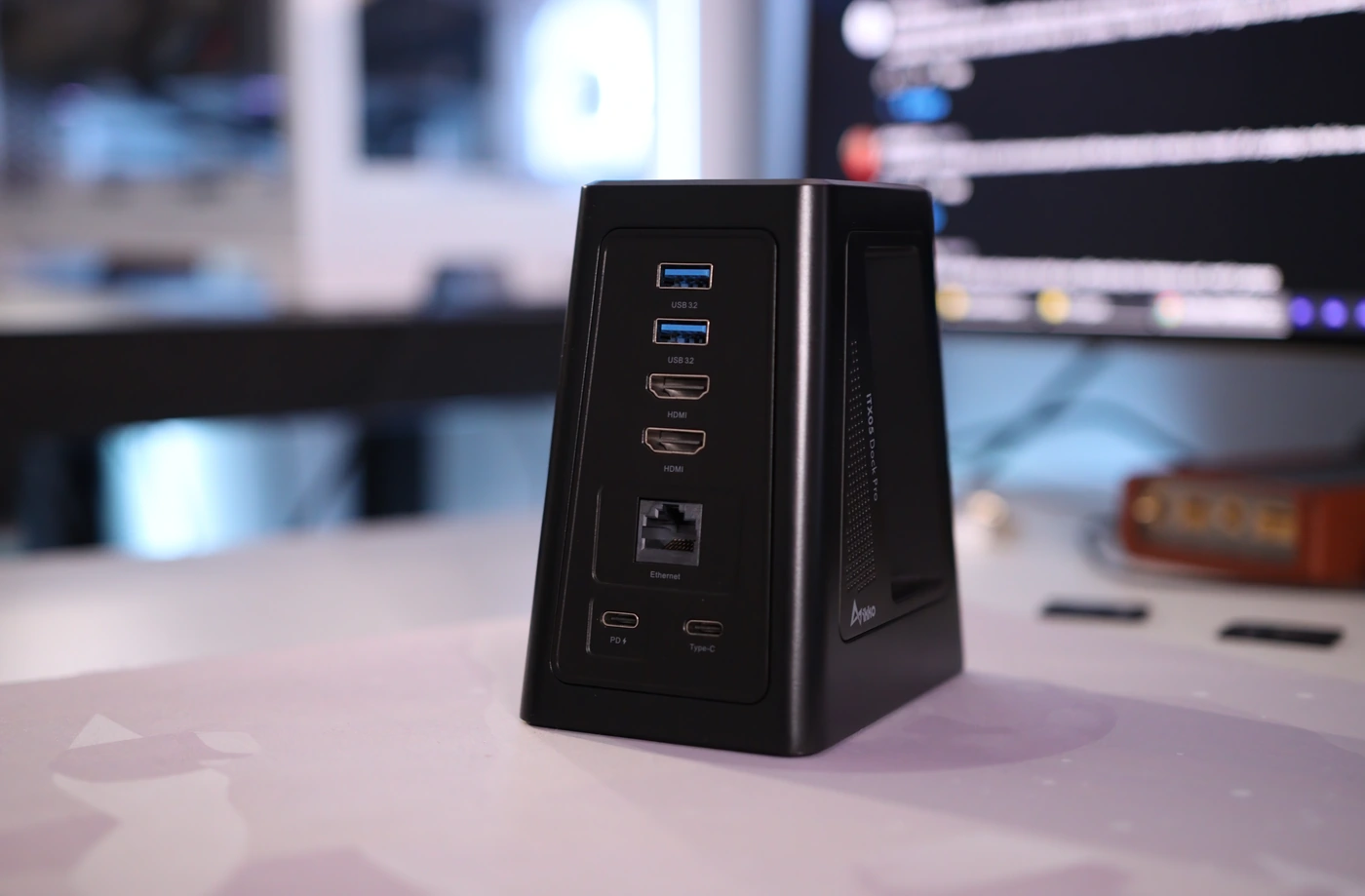
There is a USB Type-C port at the top of the unit, which is made to pair with the XTX MC01 Noise Canceling Wireless Microphone. All the ports at the back and on the sides work just fine even if you populate all of them at the same time. The Chassis of the ITX05 is made of aluminum alloy, and it can get warm during usage, but the unit never gets hot to the touch. They may look like just icons, but you can swipe up and down to change the sound modes, which applies different dSP profiles to the sound.
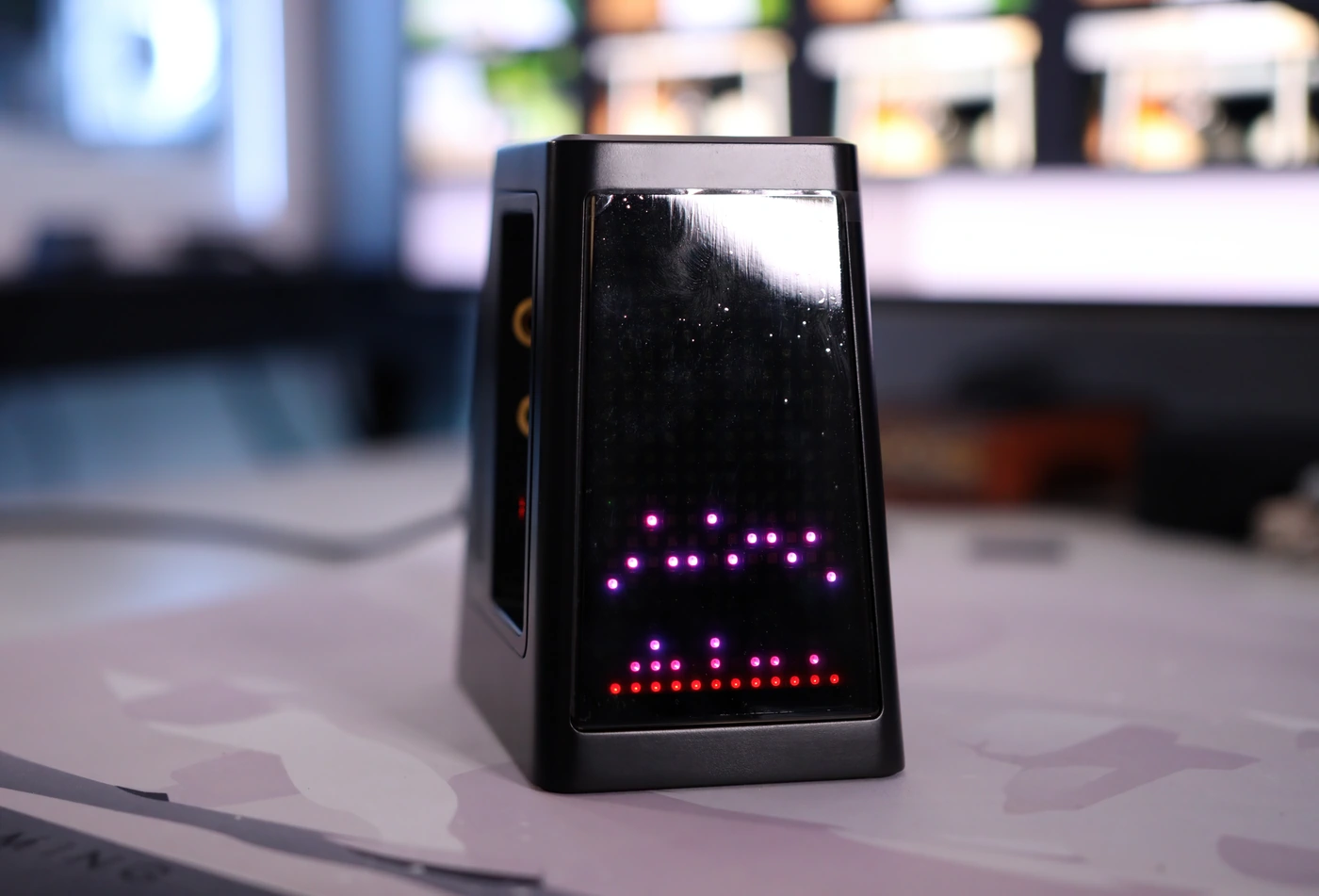
As far as I can see, there was a Kickstarter campaign that ran officially, and the products are yet to be delivered, and I believe that from my experience with the ITX05, the product is still in a beta stage. The unit works, but the Visualizer is not yet fully functional, sometimes it activates without input, and I believe that IKKO is still refining the whole product and process, before sending the final product to the backers and customers. For example, the top of the display does not display anything, but it reacts to touch inputs, so if you slide your finger, you can do so above where there are no LEDs turned on. There are also some stability issues, and ITX05 does not like you plugging in new devices once it is connected, so for example when I plugged in my mouse (keyboard and another USB DAC already in), it stopped working, and needed me to disconnect the Type-C cable at the back and plug it back in for it to work. There is also a bit of flex when pushing in the Balanced headphones, and lateral USB plugs.
If playing video content, the DAC has no noticeable delay, and ITX05 is fit for real time playback of video content, including competitive gaming, and action movies. Each sound mode seems to be a different sound device in my Windows PC, so you have to re adjust volume between them. The internal volume of the ITX05 does not change when changing the sound modes, visualizer modes or other settings. First 1-3 seconds of a song are cut off, and played with fade in effect. Also, you can connect any other USB DAC, including high-end units like Aune S9C PRO or HIFIMAN EF600, and ITX05 will not have any kind of background noise, or added issues or added delay, all is perfect, and I would use it for this. In fact, it is cleaner than the front output of most desktop PCs, and where most of my USB outputs can have some parasitic noise, ITX05 has none.
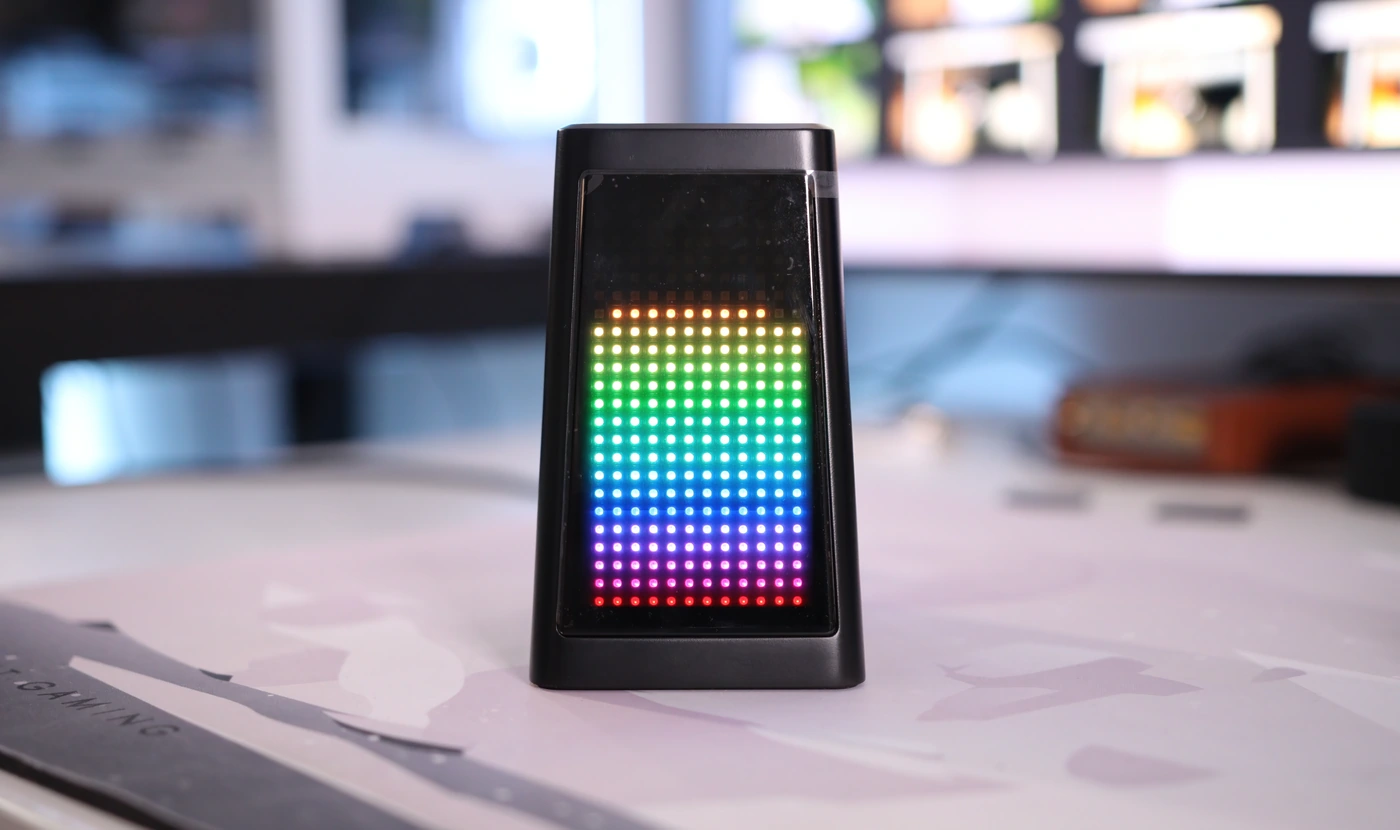
The headphone outputs and audio only work if the Type-C port on the bottom right corner at the back is connected to the source, and otherwise the PC will not see the ITX05 as a soundcard. ITX 05 has its own internal volume, different from the volume of my Windows PC. To test the headphone output of the IKKO ITX05 I have paired it with a selection of IEMs and Headphones, including HIFIMAN HE1000SE, Sennheiser IE900, Soundz Avant, IMR Dark Matter, Aune AR5000, iBasso IT05, FIR Audio e12 Electron, and Spirit Torino Twin Pulse Beryllium. The driving power is fairly good, and ITX05 can handle HE1000SE volume-wise, but the sound is a bit shallow, a somewhat flat and hollow sound, indicating that it has a lower driving power than HE1000SE would need. It is perfect for Aune AR5000 though, and most headphones you’re likely to power from a USB Docking station with headphones outputs will be properly powered. With very sensitive IEMS, the 3.5mm SE output has absolutely no background noise or hissing, but there is a faint hissing with very sensitive IEMS like Campfire Ara. This being said, the background hissing is lower than what FiiO Q15 has, or what HIFIMAN EF600 has, so ITX05 would still be great for IEMs, even on the balanced output. In fact, with the balanced output, I can listen to music at 10% volume and not notice the background hissing. ITX05 is best listened to with darker, bassier, and V-Shaped sounding IEMs, and I would avoid pairing it with bright, or sharp sounding headphones, as the sound is quite bright and open.
Sound Quality
There are 3 sonic modes, Gaming, Movie and Music, and overall Music is the only one which sounds natural, so it will be the focus of the review. This being said, the Gaming Mode empowers the bass, widens the soundstage and creates a sound that is very impressive, wide, holographic, although a bit scattered, and unnatural for voices. The movie mode is very similar to the music mode, but dampens the transients, creates a smooth and warmer sound and brings the voices far more forwards, creating the feeling that those voices are easy to hear and understand. The music mode is the most natural sounding mode by far, and it generally sounds clean, open and detailed. The best sound can be had if leaving ITX05 at maximum volume, and setting your volume from Windows, as otherwise it seems to change the resolution / tuning slightly, so this one’s different from the traditional leave windows at max that we have with other devices. As with most IKKO devices, gain is turned quite high, so you will have to either limit the maximum volume on the unit, or from Windows / macOS, as it gets very loud easily.
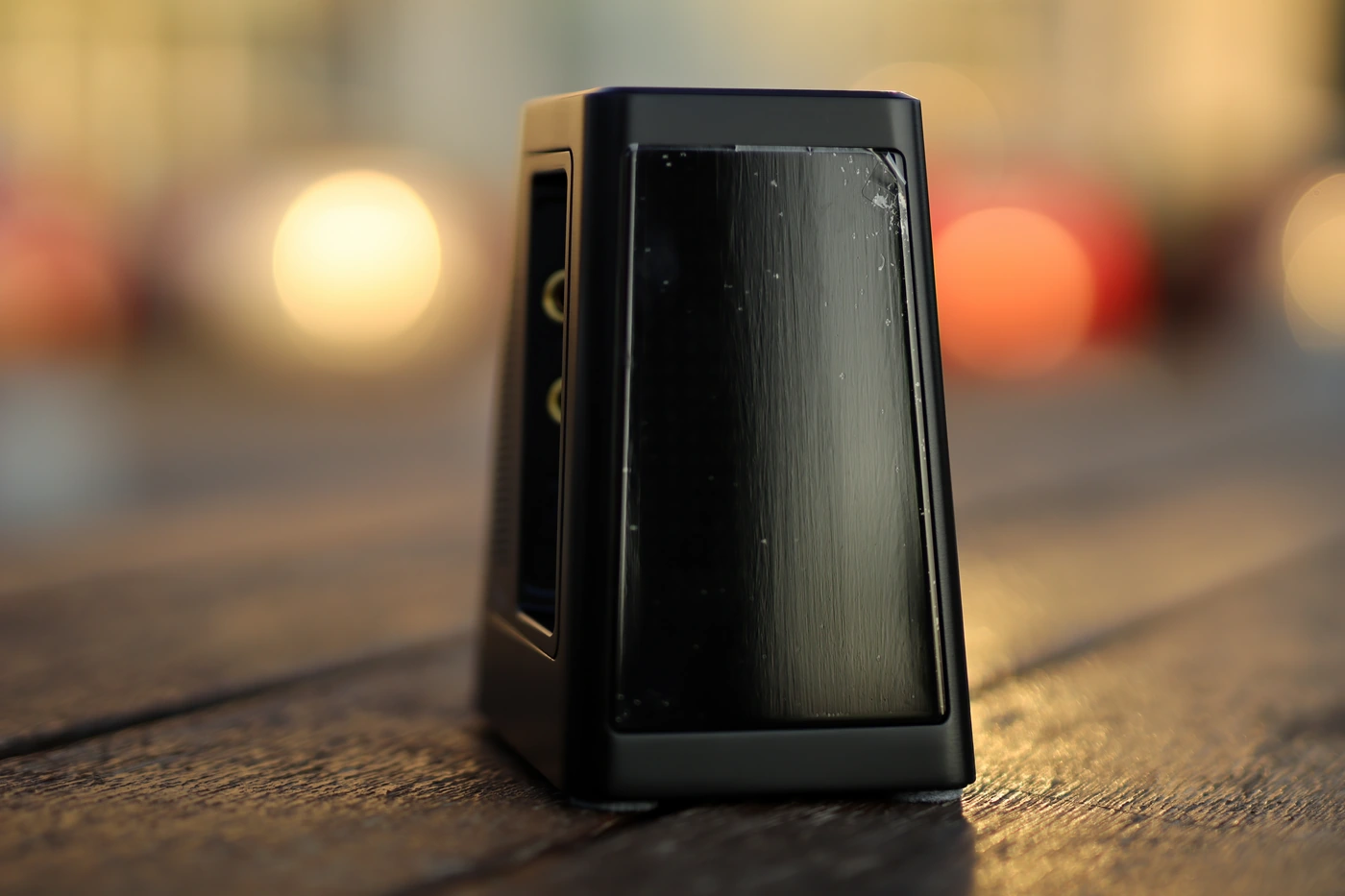
The overall sonic signature of ITX05 is clean, bright, detailed, brilliant with no treble roll off, a neutral bass, clean midrange, and with a holographic, punchy midrange. There is a sweet voice for female voices such as HimeHina, and a deep, dampened voice for male voices. Textures are edgy, clean and crisp, and ITX05 handles transients by presenting them strongly, there’s a good sense of resolution and detail, both micro and macro. The sound is dynamic and musically pleasing, without getting too harsh and digital. This being said, the tuning is quite bright and I am having this super pleasing experience with darker and V-Shaped sounding earphones, such as Campfire Bonneville, while with HE1000SE, the sound is really bright, shallow and lacks depth in the bass. This means that I will be using averagely hard to drive headphones, as well as easy to drive IEMs for the review, as ITX05 is intended to be used with either.
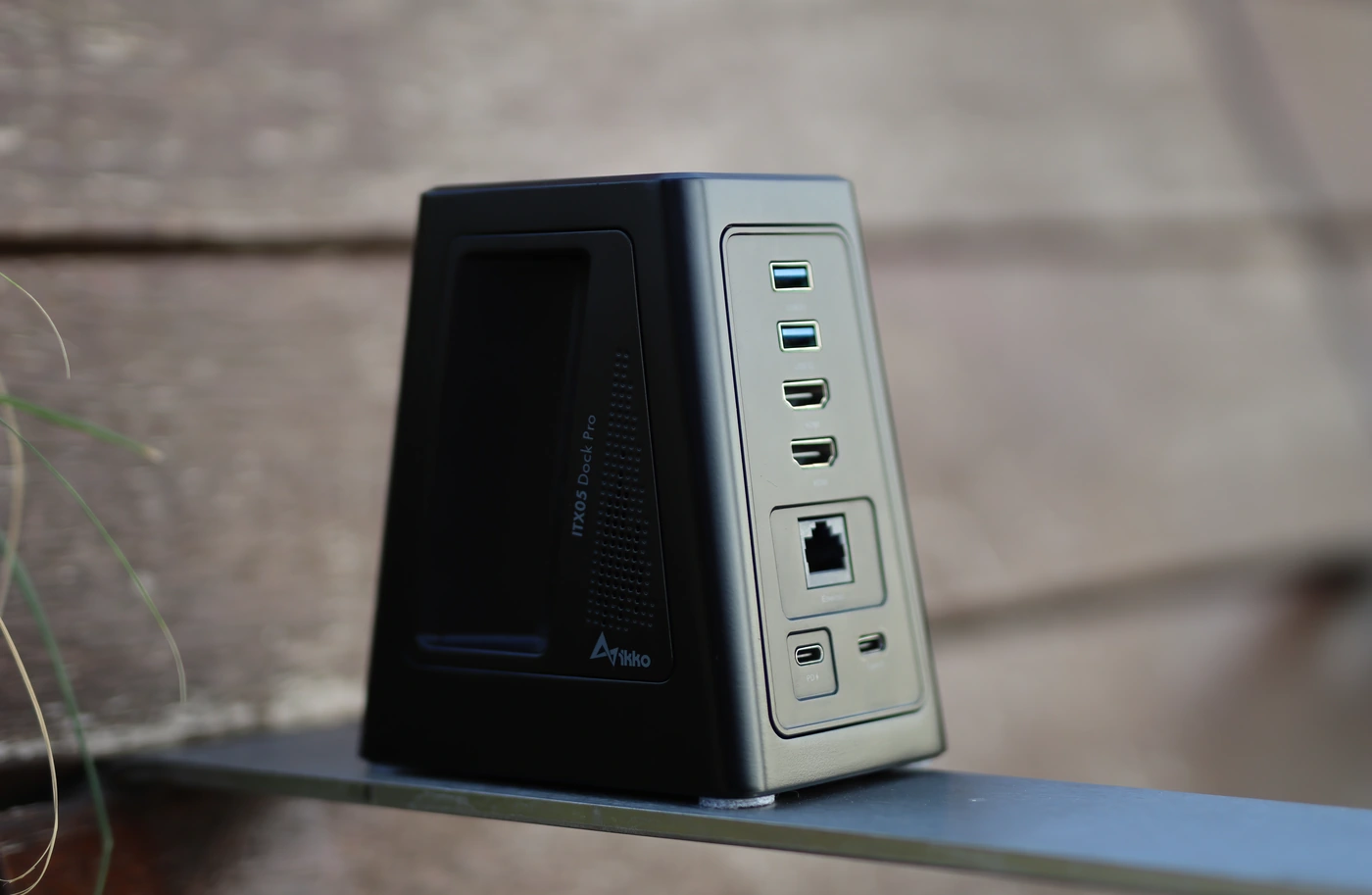
The bass is clean, deep, and has a good punch. There’s a bit of texture, and for the most part, the bass is medium in texture and presentation, not overly dry nor overly smooth and textureless. The bass can rattle you down to 20 Hz, but in quantity, it has a bit of rolloff, especially in the mid bass and upper bass, rather allowing the sub bass to be the strongest, but tightening things up from the mid and upper bass. This creates the feeling of depth and space, allowing music more space to breathe, and keeping the veil that typically is associated with mid bass humps to be taken off your music. The music has substance and presence, but ITX05 is not as strong and lush as most DAC/AMPs in the price range, and has a rather neutral and linear sound in the lows in comparison.
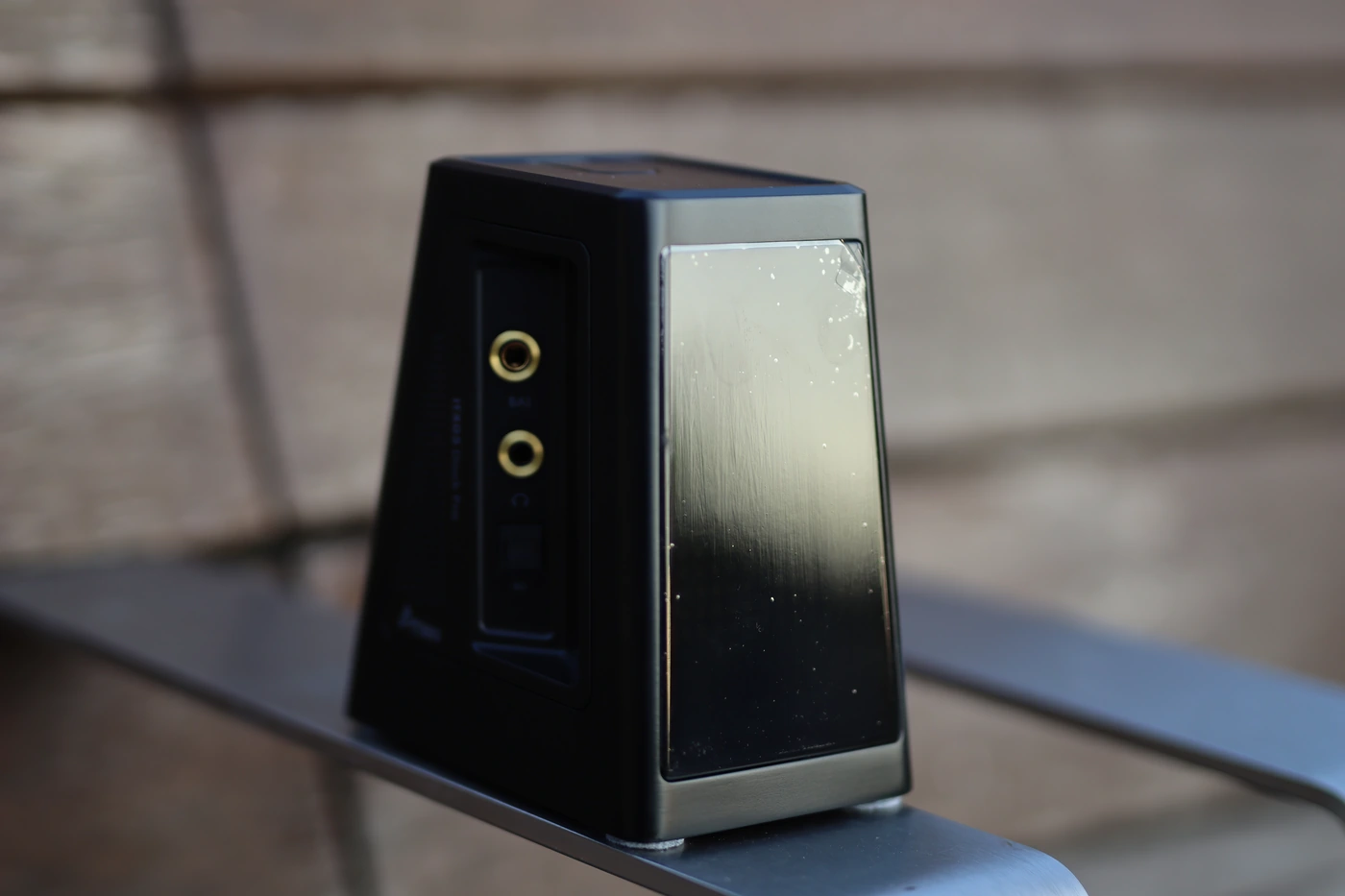
You can count on the ITX05 to sound detailed, sharp and have some of the most impressive transient response in the midrange, with a fairly natural voice presentation if you’re using the music mode. Male voices are deep, full and lush, while female voices are sweet, open and sound rich, so ITX05 is exceptional for ACG music, including artists like HimeHina or Takanashi Kiara. For example, in the latest Kyoresu cover of the Internet Overdose song, Kyoresu’s voice sounds sweet, and is panned equally laterally, with the whole song having a wide, holographic even presentation, a bright, sharp and brilliant cymbal filling in the entire soundscape, and an authoritative drum playing in the foreground. Kyoresu’s voice has a smooth and lean texture to it, but all the synths in the background have, and the micro textures, transients and every square wave in the synths sound sharp and detailed, dynamic and punchy.
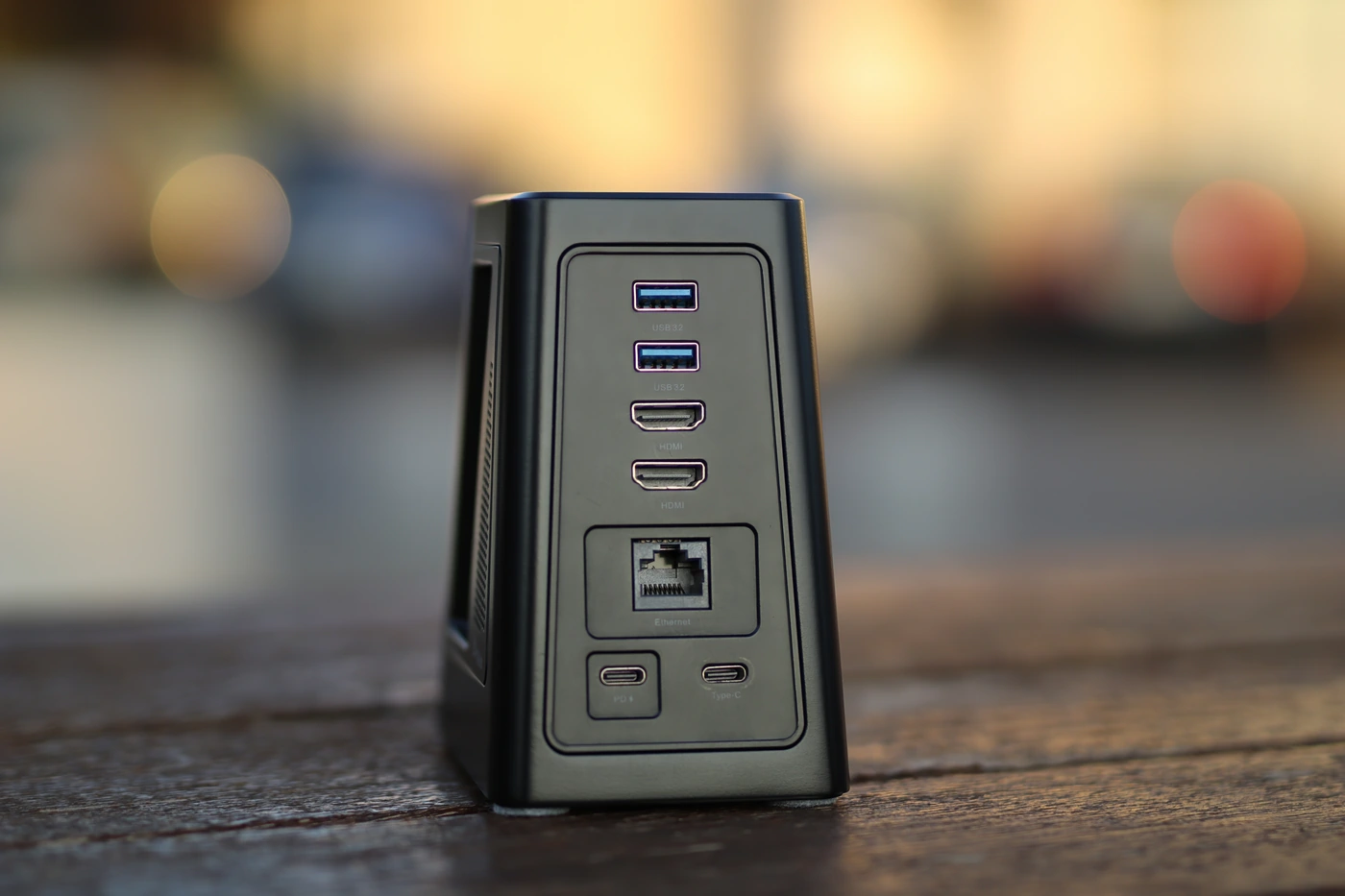
The top end and sharpness of ITX05 is either its strongest feature, or its biggest flaw, depending on what you’re pairing with it. With an IEM or headphone which is bassy, dark and smooth in the treble, it can be the biggest energiser, acts like a mega dose of coffee bringing life and brilliance in the sound of Campfire Mammoth, Soundz Avant, or Aune AR5000, but for IEMs and Headphones which are already quite bright, the tight bass and sharp treble will make the sound too detailed and aggressive. In songs like Green Day – American Idiot, you can actually hear the cymbal and snare pattern playing with authority and audibly in the back of the stage, while with any song from Infant Annihilator, you can hear the cymbals almost overpowering the guitars and the voices, as the mixing and mastering especially of their first album is horrendously bright and sharp. This brightness makes acoustic guitars, and acoustic notes even in otherwise electronic songs really stand out and come alive, as the acoustic notes in Machinae Supremacy – Ghost (Beneath The Surface) is not just clear and sharp, it is musical and pleasing, part of the whole song, complimenting the electronic lead guitar which comes on later on and together with the cymbals lead the song playfully and with strong dynamics.
Comparisons
IKKO ITX05 vs Palab M1 Mini (349 USD vs 500 USD)
Device / Features – IKKO ITX05 can give you four extra USB ports, and two extra HDMI ports, along with Audio, while Palab M1 Mini can ask you to use two of your ports, one for current and one for data, to make the background noise quieter and give it a better sound. While both work well in person, I had absolutely zero issues with M1 Mini, but ITX05 can have minor bugs at times. The surface of M1 Mini is more sensitive to scratches, while ITX05 has a sturdier paint coating and metallic finish. Both have zero USB DAC delay, both have some hissing for the balanced headphone output, if powering IEMs, but M1 Mini has a bit less, while M1 Mini has a better driving power in general.
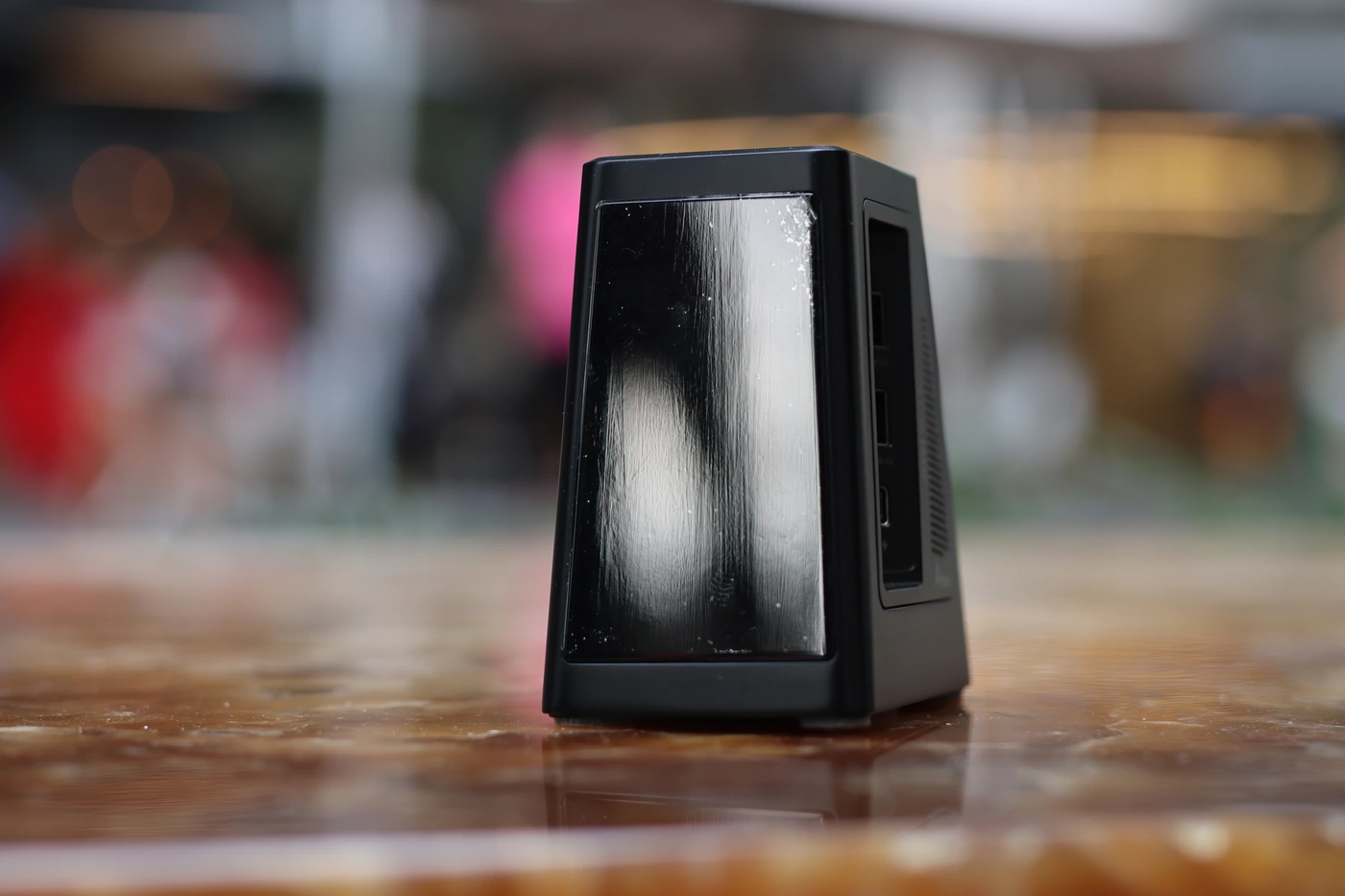
Sound – While ITX05 sounds quite bright, open, sharp and detailed, M1 Mini is a king of smoothness, lushness, and it ends up sounding quite detailed, yet thick, lush, with a strong body, and a softly rolled off treble that loses strength the higher you climb in octaves. Palab M1 Mini is a better Chord Mojo, it is more detailed, fuller and has a more pleasing overall sound, while ITX05 sounds more open, extracts the details more from music, but has a tighter and shallower bass, and also less driving power for hard to drive headphones.
IKKO ITX05 vs iFi xDSD (349 USD vs 400 USD)
Device / Features – IFI has a really nice DAC/AMP in the xDSD, but while it does not have any extra outputs like ITX05, it is also very sensitive to wearing, and it will show that you’ve been using it for a while, as the paint will wear off. The theoretical advantage of xDSD is that it has an internal battery, but as of 2024, it is a pretty updated device, using a microUSB port to charge, and I would urge you to consider getting a modern DAC/AMP instead, such as the Palab M1 Mini, or FiiO Q15, for a better overall experience and connectivity. IKKO ITX05 feels like a premium DAC/AMP with extra USB ports more than it feels like a USB hub with some audio, but xDSD has higher driving power, as well as a similar level of noise for all the headphone outputs.
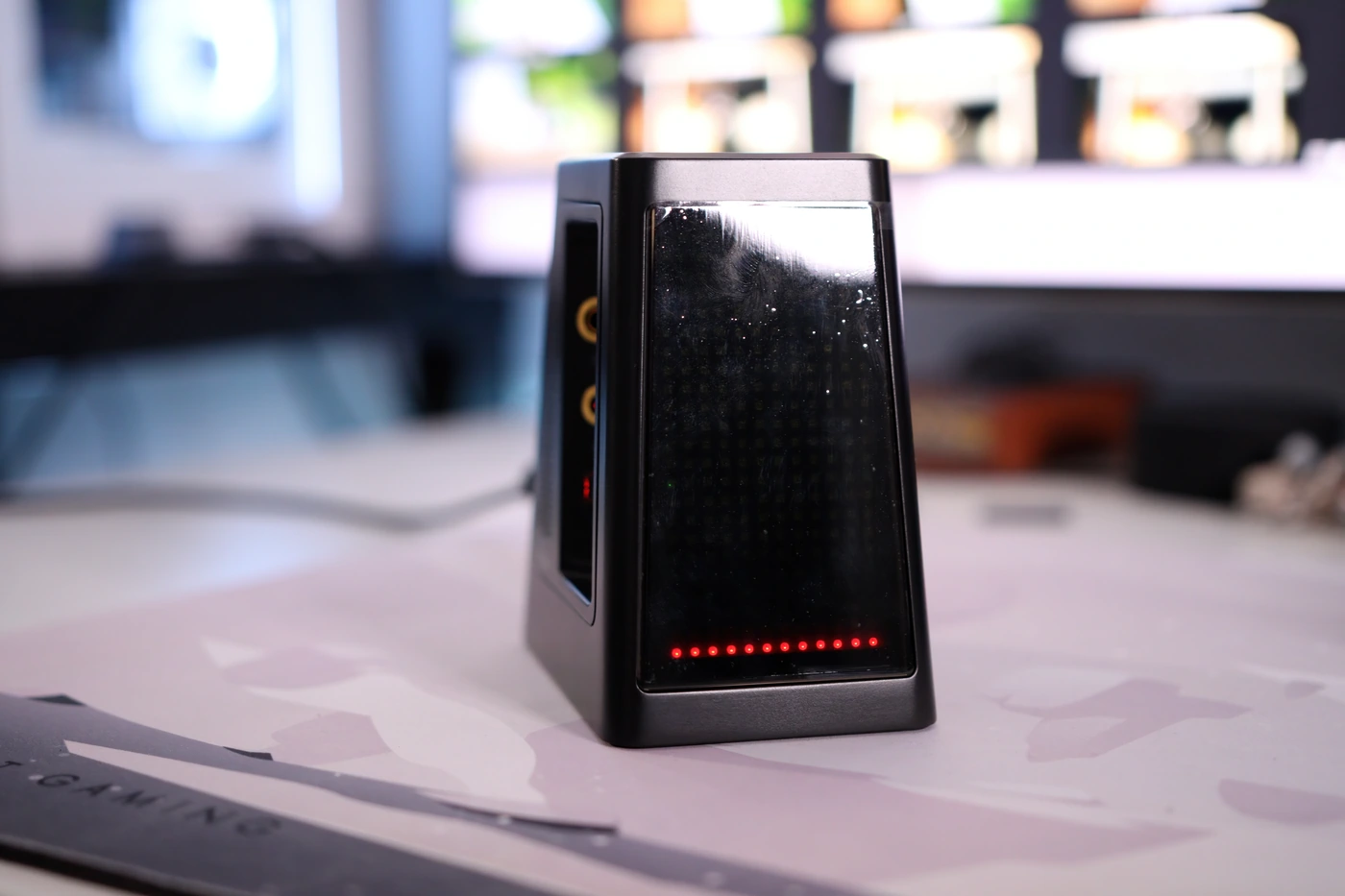
Sound – I have used xDSD more than I can explain in words, and it is a sound that’s fairly dynamic, bright and detailed, with a good sense of space and dynamics, so it is a good thing I can say both xDSD and ITX05 have good resolution, clarity, and detail, with ITX05 sounding brighter, with a lower amount of bass, a tighter bass, and more sparkle in the treble, and also a higher level of transient response, revealing more micro detail and emotion in music, while xDSD is a bit flatter and more compressed, bringing everything in line to sound at the same level in comparison. Both are quite nice, but if you prefer a higher dynamic range, and don’t need the extra driving power, ITX05 is a more modern device with a more versatile usage, while xDSD has a higher driving power, but less dynamic range, and it can push more bass and a light EQ filtering, that’s more natural sounding than the extra modes of ITX05.
IKKO ITX05 vs Aune X1s GT (349 USD vs 349 USD)
Device / Features – The space Aune X1s GT occupies is bigger, it is not quite as tall, but it is longer and wider, and it is heavier as well. There are no extra USB ports on the X1s GT, and at first, it seems like a simpler device with less features, but the more we dig in, and the more we explore both, the more X1S GT seems like a more complex device. We have both USB and Optical inputs, but also a Line Out, a Preamp output, and Bluetooth input on the X1S GT, and as a USB DAC, it is a bit more straightforward to use, while IKKO ITX05 has USB ports, but also has HDMI ports, and audio outputs. Both units have a 4.4mm Balanced output and a Single Ended 3.5mm headphone output, but X1S GT has lower noise for the balanced output and for the single ended output, with considerably more driving power.

Sound – This means that the volume you’re getting on X1S GT will bring more bass, more precision and control with it, and although this is not connected in any way to the driving power for IEMs, ITX05 sounds considerably brighter, sharper and brings in a feeling of more resolution, but this is in stark contrast to the heavier, fuller sound of the Aune X1s GT which brings more body, better impact, and a smoother overall sound. IKKO seems to extract a bit more information in the transients, the sound is a tiny bit more dynamic and more peppy, with that extra sharpness and treble aiding the revealing ability of IKKO ITX 05, the only drawback being the flatter bass. If your headphones are bright or neutral, Aune X1S GT is the better option, but if your IEMs or headphones are darker and need some extra treble and brightness, and a tighter bass, ITX05 can do that for them.
Value and Conclusion
Priced at 349 USD, IKKO ITX05 is on the steep side for a USB Dock, although when you use it to the fullest, as a DAC/AMP with 4 extra USB ports, no USB DAC delay, and a music visualizer, it is a fair towards good value. It is a niche product that you need to know you will be using to the fullest to invest in, but it is handy if you need high quality, bright sound, and a handy USB Hub, with HDMI outputs, and an optical output too.
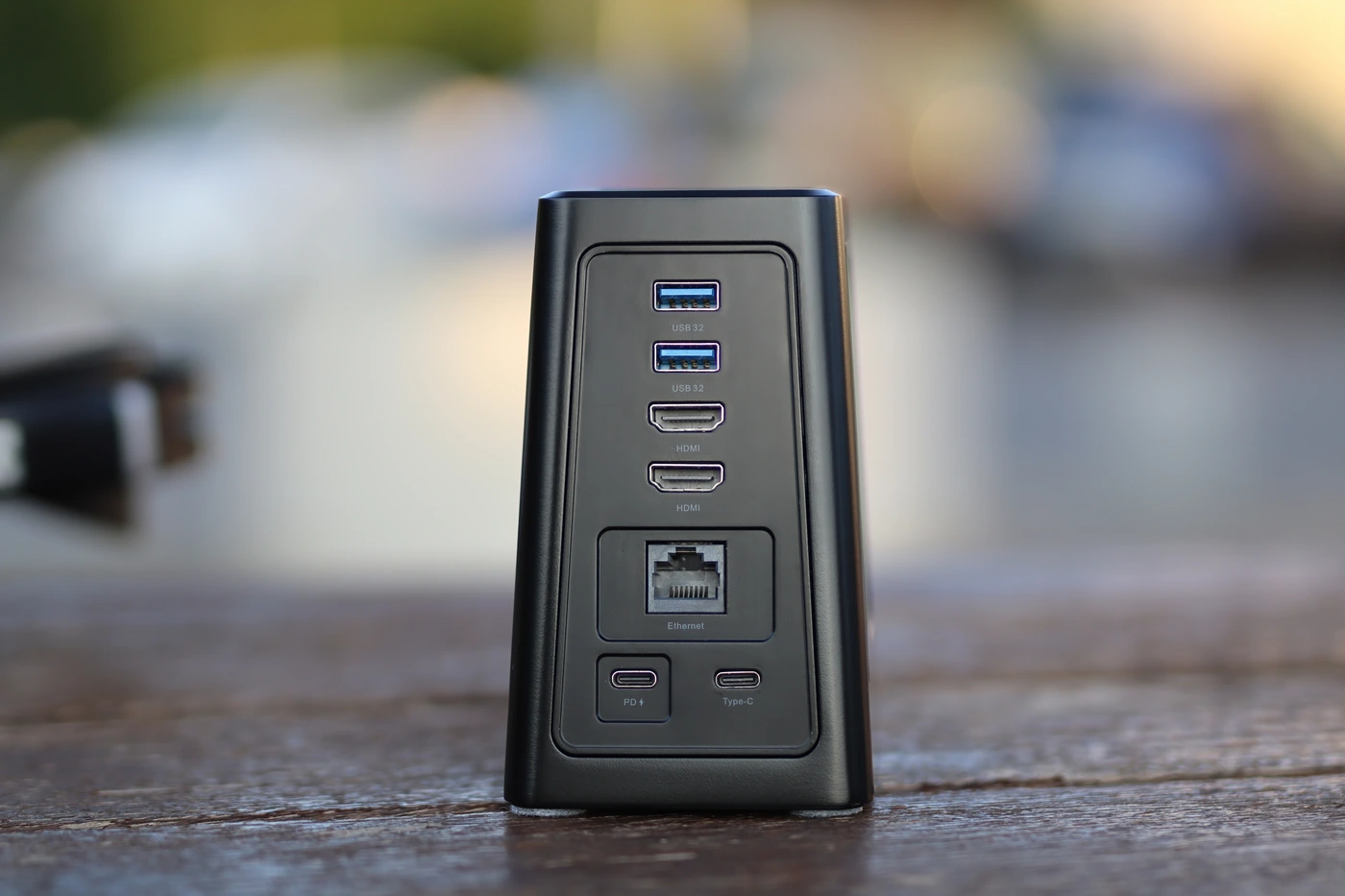
At the end of the day, I hope my review is helping you decide if you will need ITX05, if it is the right piece of equipment for you, and if you’re looking for a device with 3 sonic modes, high-speed USB ports, and three sonic outputs, IKKO ITX05 is a recommended purchase.
Product Link
You can grab one from www.amazon.com here – https://amzn.to/3Vr5ZRG
--- Please remember to stay safe, and always have fun while listening to music!---
- If you have a dime to spare, please donate, and help us! It would make the day brighter for me and my wife-
Full Playlist used for this review
We listened to more songs than those named in this playlist, but those are excellent for identifying a sonic signature. I recommend trying most of the songs from this playlist, especially if you’re searching for new music! The playlists are different for Spotify, Tidal and Youtube, and based on the songs I enjoy and are available on each!
https://www.youtube.com/playlist?list=PL_cjBXGmwSHSdGcwuc_bKbBDGHL4QvYBu
https://open.spotify.com/playlist/5J3oloz8Riy9LxEGenOjQ0?si=979ba4f082414be7
https://tidal.com/browse/playlist/330fd544-8e5b-4839-bd35-676b2edbb3d5
--- Contact Us ---





